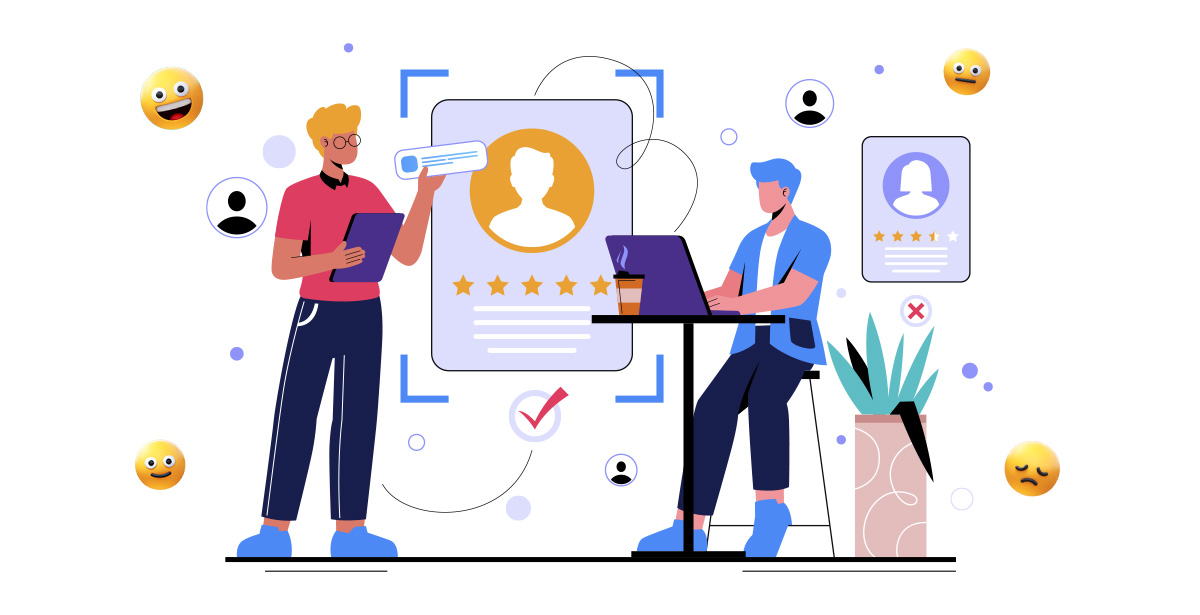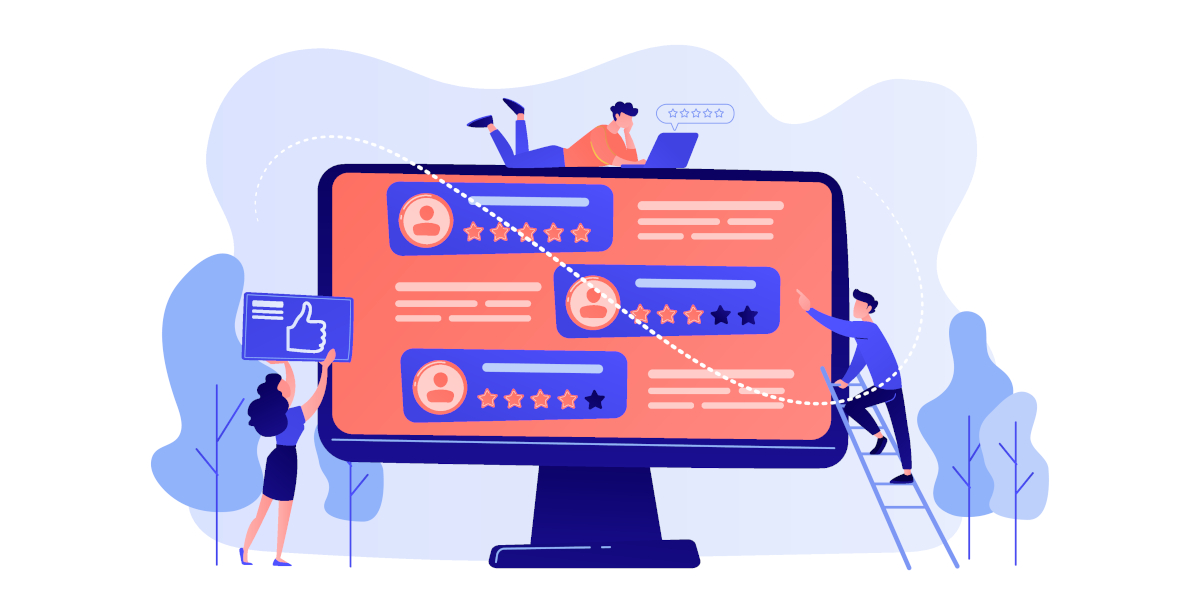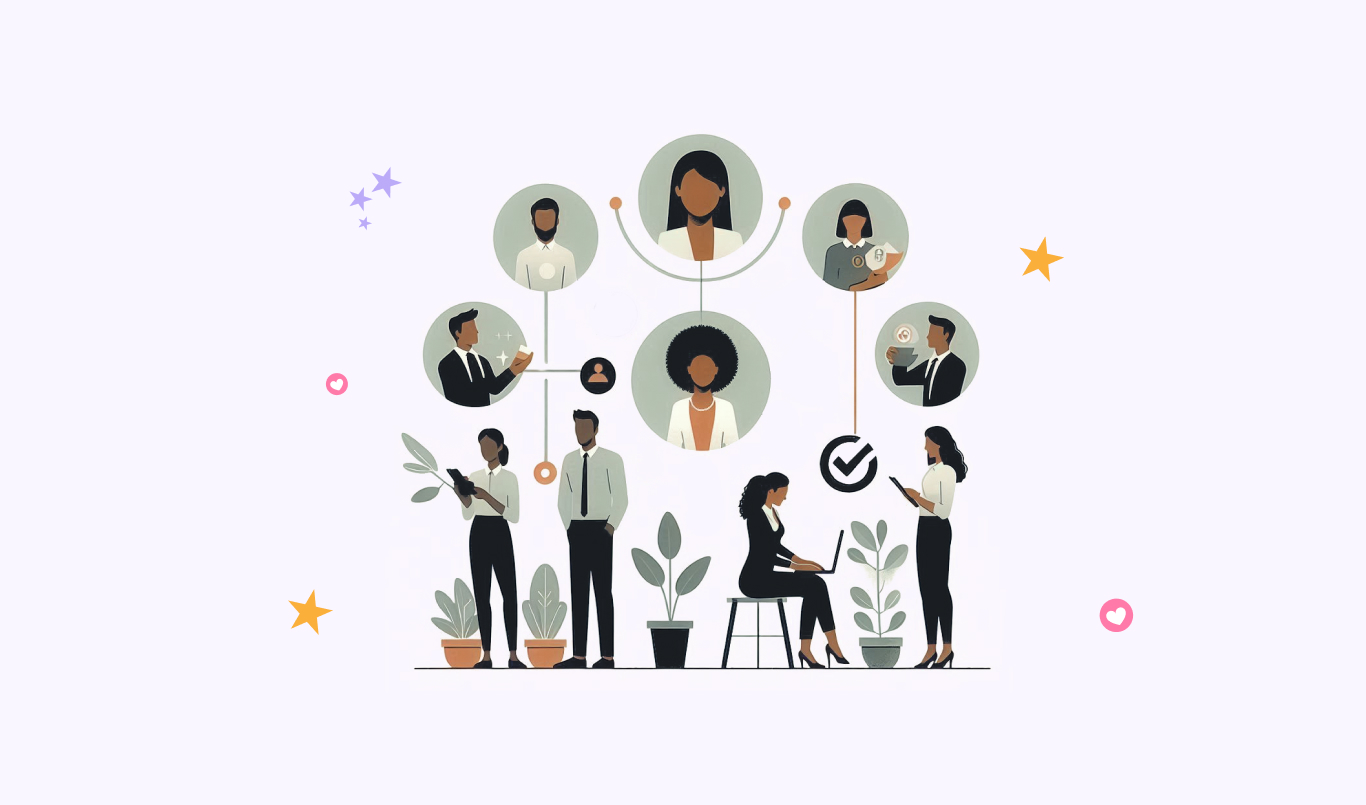In the past five years, the hybrid work model has become the new normal. But how do you stay connected with employees and keep track of performance in a virtual workplace? Conversations, feedback, and recognition (CFR) is the performance management tool for the job.
Reaching objectives and key results (OKRs) takes transparency between teammates and management. In his book Measure What Matters, John Doerr describes CFR as the team communication that makes OKRs achievable.
What is Conversations, Feedback, and Recognition?
CFR is a performance management model that makes feedback a regular workplace ritual. It provides a platform for setting and achieving goals with three components:
- Conversations – frequent, open communication between employee and manager, focused on progress toward goals
- Feedback – regular evaluations that keep teams on track, working together, and striving for growth
- Recognition – public and private praise of a job well done, rewarding employees for their hard work
Unlike annual performance reviews, conversations, feedback, and recognition are directly linked to the OKR cycle.
Routine conversations serve as progress reports. They keep OKRs public, performance transparent, and workflow reflexive. Managers stay engaged with their team’s goals, helping them reflect on milestones and obstacles.
A well-established feedback culture ensures that the workforce is dedicated to continuous improvement. It’s a two-way exchange. Both managers and employees share actionable ideas and provide timely, constructive guidance.
It’s important to celebrate your employees’ wins, too. Visible progress and meaningful contributions should be recognized in regular meetings. Their success is your success.
What are the Benefits of Conversations, Feedback, and Recognition?
Adopting a new feedback model takes time and resources – what makes conversations, feedback, and recognition worth the effort?
There’s much to be gained from a human-centric approach to goal-setting. CFR recognizes that employees are an organization’s most vital asset – it prioritizes individual growth, accountability, and morale.
These are the results.
Continuous Feedback
Rather than limiting in-depth feedback to annual performance reviews, CFR ensures a constant cycle of feedback and growth.
Frequent self-reflective discussions help managers stay on top of employees’ strengths and weaknesses. This allows the company to be responsive in providing workshops and training opportunities.
Remote Employee Support
In a hybrid workplace, it’s no easy task to bring everyone together for in-person performance reviews. For fully remote employees, it may even be impossible.
The CFR model is built around interactions that can happen virtually. Whether it’s shared during a Zoom meeting or dropped over text, frequent feedback keeps everyone on the same page.
Employee feedback software offers an even simpler channel, allowing employees to leave concise, meaningful reviews for anyone, at any time.
Feedback Culture
In an effective conversation, feedback, and recognition model, everyone is a participant. All employees engage in constructive, goal-oriented conversations until the routine becomes a habit.
Long-lasting culture is founded on group habits. So, as people get better at giving, receiving, and implementing feedback, a healthy feedback culture soon follows. And when employees feel central to the improvement of their company, engagement levels rise.
Peer-to-Peer Learning
Peer reviews allow employees to learn from and teach their colleagues. Good feedback offers potential solutions, which can help teammates reorient their goals. A problem shared is a problem halved.
Collaborative learning increases trust, as individuals naturally approach teammates who push them to improve.
Better Relationships
Communication is key to building strong relationships. It’s no surprise that employees want to connect with their managers and benefit from regular peer feedback.
Sharing frequent feedback and praise is a sign that you’re paying attention – the more specific you are, the more understood the recipient will feel. Teammates who understand each other collaborate more effectively and run into fewer conflicts.
When managers routinely invite and implement feedback, they build better relationships with their employees too.
6 Strategies for Effective Conversations, Feedback, and Recognition
Establishing a healthy feedback culture takes hard work from everyone involved. To ensure the value outweighs the challenge, here are six strategies for a smoother transition to the CFR model.
1. Combine CFR with OKRs
Conversations, feedback, and recognition should always be goal-focused, not an excuse to air grievances or give false praise. Make the most of your time in meetings by having guided discussions and keeping feedback on topic.
The simplest way to do this is to revolve the conversation around forward-thinking questions such as:
- “How are your OKRs going?”
- “What challenges are you facing?”
- “How can I help you reach your goals?”
2. Create a Routine
Continuous feedback models quickly fall apart without a routine. Many employees and managers find feedback exchange intimidating, especially with the fanfare surrounding performance reviews.
So make a habit of it. Integrate conversations, feedback, and recognition into the regular workday. Schedule feedback sessions, weekly check-ins, and one-on-ones to keep everyone in the loop and striving for improvement.
3. Establish Clear Expectations
It’s important to set the company standard for what conversations, feedback, and recognition should look like.
There should be no confusion about:
- when it’s appropriate to give feedback and to whom,
- how to phrase it fairly and constructively,
- why you’re giving it, and
- how acting on it will help company or team goals.
4. Implement Feedback Transparently
If managers leave employee feedback unanswered for too long, they risk creating a culture of “rules for thee but not for me.” Leadership should be prepared to act on feedback promptly – just as they expect employees to.
Inform employees how and when their feedback will be implemented. Let them know what suggestions aren’t achievable and why. If employees feel their feedback isn’t valued, they’ll stop giving it.
5. Make Feedback Safe
Many employees are reluctant to share upward feedback for fear of repercussions. In a healthy feedback culture, all employees must feel safe to voice their concerns.
Not everyone will be ready to give or receive continuous feedback right away. But that’s what conversations are for. Be respectful and flexible – instead of forcing the issue, ask them how the process could be more comfortable for them.
6. Diversify Your Feedback Channels
Not everyone is comfortable exchanging feedback the same way. Fortunately, there are many possible mediums for it:
- Text vs. face-to-face
- Group vs. one-on-one
- Anonymous vs. identified
Quicker, more visual feedback can make the process more engaging. Employee feedback software allows employees to give feedback online in just a few clicks.
And there’s no reason to toss out traditional performance reviews. Through monitoring trends and highlighting growth, CFR is ideal for tracking performance trajectory. That leads to a far more comprehensive end-of-year evaluation.
Looking to Simplify Your CFR?
The conversations, feedback, and recognition model is the most effective way to link feedback to the OKR cycle. But it isn’t always easy to keep track of and make time for feedback during regular meetings.
With nGAGE powering your CFR, your employees can share in-the-moment feedback and recognition wherever they are. It will:
- Collect feedback all in one place for a fully automated 360-degree evaluation.
- Let employees know when they’re falling behind on their contributions.
- Use templates and rating systems to keep the feedback focused.
Leave the administrative tasks to nGAGE so you can concentrate on reaching your goals.



